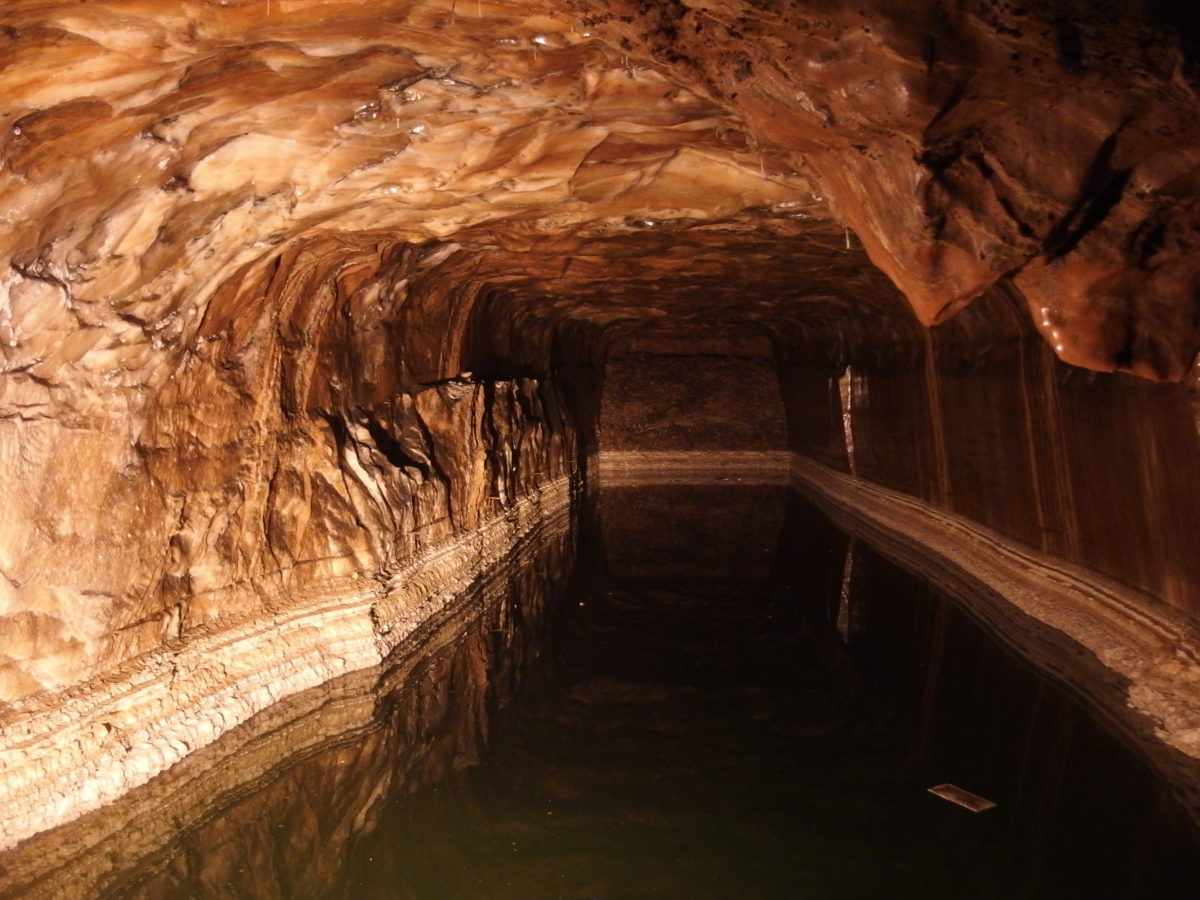PRESENTATIONS AND VIDEO FROM HYDROGEN STORAGE IN CAVERNS 14 MARCH 2022 HELD AT GEOLOGICAL SOCIETY, LONDON
TOWARDS NET ZERO
Energy storage is going to be absolutely central to the timely achievement of Net Zero. That storage will have to be applied over a vast spectrum of times ranging from fractions of a second to many months – and possibly more than a year.
Storing pure hydrogen in caverns has a vital role to play in this, because the transformations from primary energy to hydrogen and back to usable energy are so relatively straightforward.
This event, which took place at the Geological Society in London on Monday 14 March 2022, set out to explore some of the key challenges involved in deploying the necessary amounts of hydrogen storage in caverns.
Event Summary
The event started with a keynote review of just how much hydrogen storage we are likely to need in the UK – many tens of TWh worth and possibly more. The workshop will examine:
- How hydrogen storage blends with large-scale compressed air energy storage and other thermo-mechanical energy storage solutions much better suited to shorter timescales than hydrogen.
- The potential in the UK for making salt caverns to store hydrogen
- The technical challenges of storing hydrogen in caverns
- Examination of case studies of hydrogen storage in caverns
The workshop concluded with a panel session comprising experts from academia and industry.
You may also be interested in our Medium Duration Energy Storage event?
We also held a Medium Duration Energy Storage event at the Institution for Mechanical Engineers on Wednesday 16th March. If you are interested in the discussions that took place at this event, and to view the presentations and video, visit the page.
Medium Duration Energy Storage web-page
Event Sponsors
This event was run by the University of Nottingham in conjunction with our sponsors, the Geological Society, the Supergen for Energy Storage, The Hydrogen and Fuel Cell Supergen, and the Energy Research Accelerator.



Event Presentations
Welcome and Introductions: Tom Bent, Chair, Independent Energy Market Consultant
Part 1: Video presentations of Deep KBB, Birmingham University, Gravitricity and Arup
Re-tasking methane cavities for H2 – Rene Schneider, Deep KBB GmbH
The need for H2 storage – Dr. Grant Wilson from Birmingham University
Hydrogen Storage in Underground Lined Rock Shafts – Dr. Anastasios Stavrou from ARUP
Part 2: Video presentations of Atkins and Teeside University
Hydrogen Storage in Underground Lined Rock Shafts – Sally Molyneux from Gravitricity
Part 3: Video presentations of UCL, SSE & Equinor, BGS and University of British Columbia
SSE Thermal and Equinor: Hydrogen storage at Aldbrough (vimeo.com)

